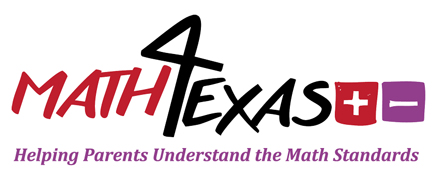In Sixth Grade
-
In sixth grade, students converted units within a measurement system using proportions and unit rates. Students extended their knowledge about triangles to find the sum and measures of angles and the lengths of sides to form a triangle. Students modeled and solved area formulas for parallelograms, trapezoids, and triangles as well as wrote equations. Graphing using the four quadrants of a coordinate plane was also introduced.
In Seventh Grade
-
In seventh grade, students will solve real-world problems related to similar shape and scale drawings, convert between measurement systems using proportions and unit rates as well as write and solve equations related to the sum of angles in a triangle. Students will also solve problems related to finding the volume and lateral and total surface area of rectangular prisms, triangular prisms, rectangular pyramids, and triangular pyramids as well as determine the circumference and areas of circles and area of composite figures that contain various combinations of figures.
In Eighth Grade
-
In eighth grade, students will solve problems to find the volume of cylinders, cones, and spheres as well as use the formulas for lateral and total surface area to determine the solutions for problems involving rectangular prisms, triangular prisms, and cylinders. Students will also use the Pythagorean theorem including models and diagrams to solve problems and explain the effects of translations, reflections, and rotations on a coordinate plane.







